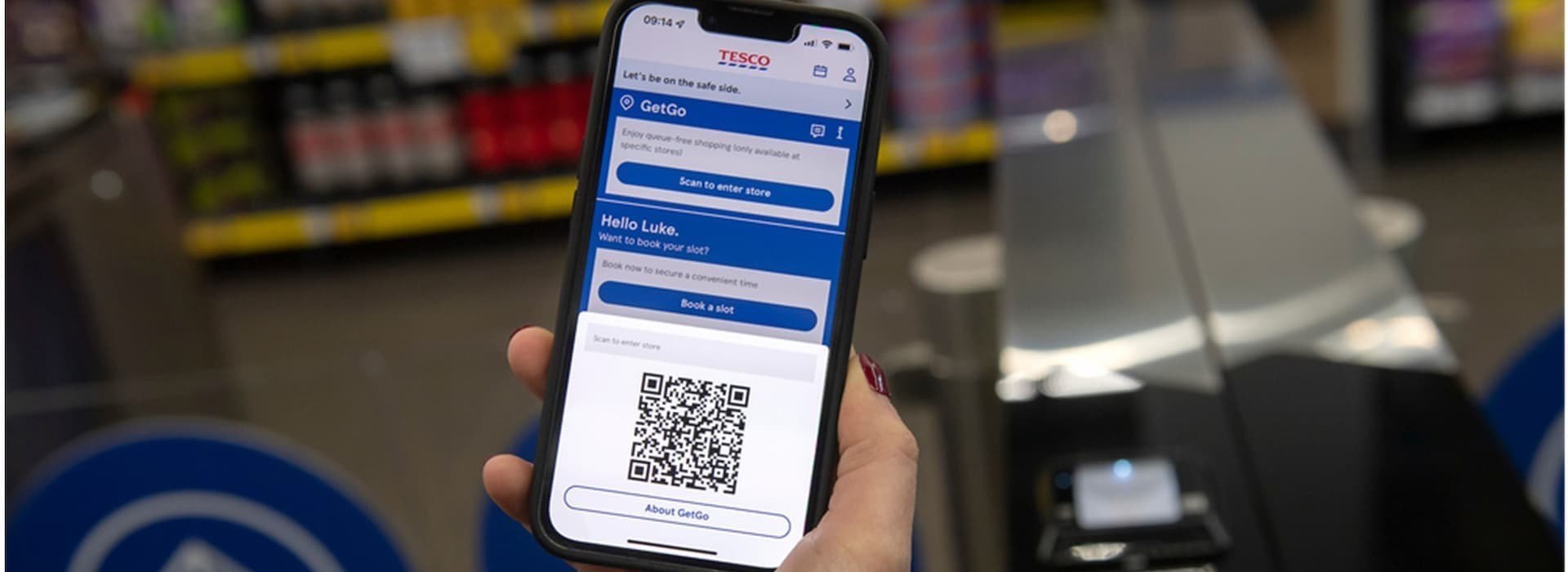Post lockdown loyalty - don’t take returning customers for granted
By James Smithdale, Co-founder, pqCode
Your loyalty scheme is key to making sure that your customers, as they gradually come back into store, will stay loyal. Whatever they do on those few first post-crisis visits, you need to capture so you can keep the conversation going.
The role of loyalty will be critical in driving footfall, rebuilding physical retail sales, and incentivising and rewarding your core audiences.
But are loyalty platforms and traditional schemes up to the challenge? What simple changes could make life easier for returning customers – many of whom have become more aligned with digital and mobile technology during the lockdown?
Retailers know they must refocus on loyalty
Our latest research shows that retailers – even before Covid-19 – have been crying out for effective yet straightforward solutions to the challenges they face on the high street.
We found that 89% of retailers with 100-249 employees planned to develop their loyalty programme. 73% of large retailers said they planned new customer offers to encourage footfall. And 87% of execs said tech would be important or very important to the future of the high street.
The pandemic has ramped up pressure to perform ever further, and all retailers will be doing their utmost to cost-effectively claw back lost revenue. Stores must build traffic and convert well, if they are to survive.
For that reason, a focus on the high converting, ‘high lifetime value’ loyal customers will be critical. Existing loyalty schemes may need to be adjusted to suit existing and new customers, post-lockdown. Doing so could put retailers in a strong position to impress and retain valued shoppers.
New research from Nuxeo has found that ‘exceptional customer experience’ boosts loyalty for 63% of UK shoppers questioned during the crisis – so this is a timely reminder of the importance of getting the in-store experience right on as many counts as possible.
Loyalty and engagement is easier on a smartphone
Loyalty schemes would suit the new breed of digitally-savvy consumers far better if they were easily accessed by smartphone. This is a key finding of our own research at pqCode.
A fifth of respondents in our survey said that loyalty benefits were missed out on because they didn’t have their loyalty card with them. Meanwhile a quarter of young people aged 16-34 say they choose not to take a paper receipt and coupons because of environmental concerns. Steps to digitise your loyalty scheme are well worth taking.
This needn’t be a major headache, as plug-in apps can work with an existing loyalty platform, negating the need to rip out the whole IT structure and start again. For instance, with pqCode it’s easy for customers to sign-up to an existing loyalty scheme or store their loyalty card, and then to apply it seamlessly at the Point of Sale while also getting their receipt digitally.
Customers can thereby have their loyalty and receipts on their phone, cutting out all the plastic card and paper elements of the in-store transactions. Through those digital receipts, a retailer then has a fresh and dynamic engagement channel available to them with every customer.
These kinds of digital improvements to service, that make life more convenient for shoppers, can add up to an improved sense of customer care and exceptional customer service at this crucial time.
It’s likely that household budgets will be stretched in the post-lockdown months, as economies around the world recover. Now is the time to help customers collect and store the points they are owed and to fully engage in rewards and incentives. All of which is far more likely to happen if you have migrated loyalty onto phones, and away from plastic cards that are too often lost or forgotten.
Proceed with cost-effective digitisation
In many ways, the Covid-19 crisis provides a perfect opportunity for retailers to rapidly accelerate technology changes to the way they work. As the old saying goes, 'necessity is the mother of invention', and enhancing efficiency now could prove to be the difference between surviving or going out of business for many retailers.
Simple, cost-effective changes to the way loyalty is managed and customer engagement is sought, avoiding major technology investment or interventions, make absolute sense right now.










